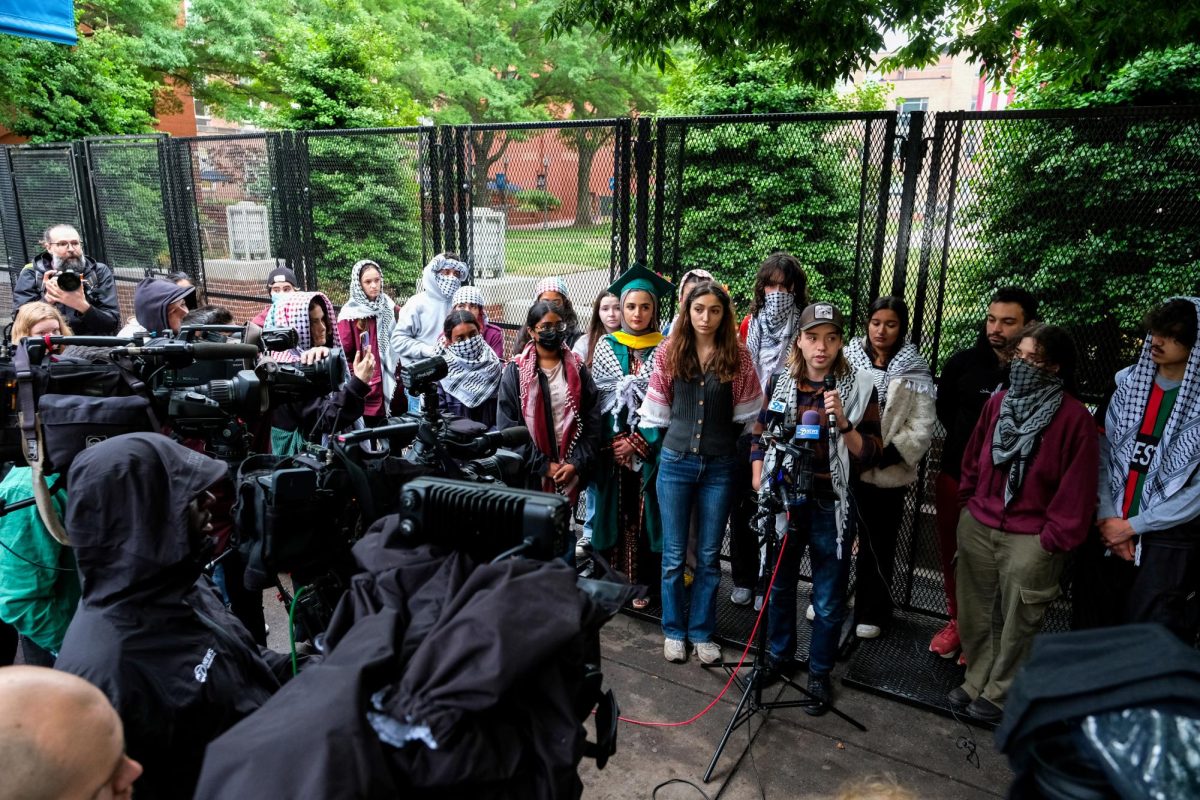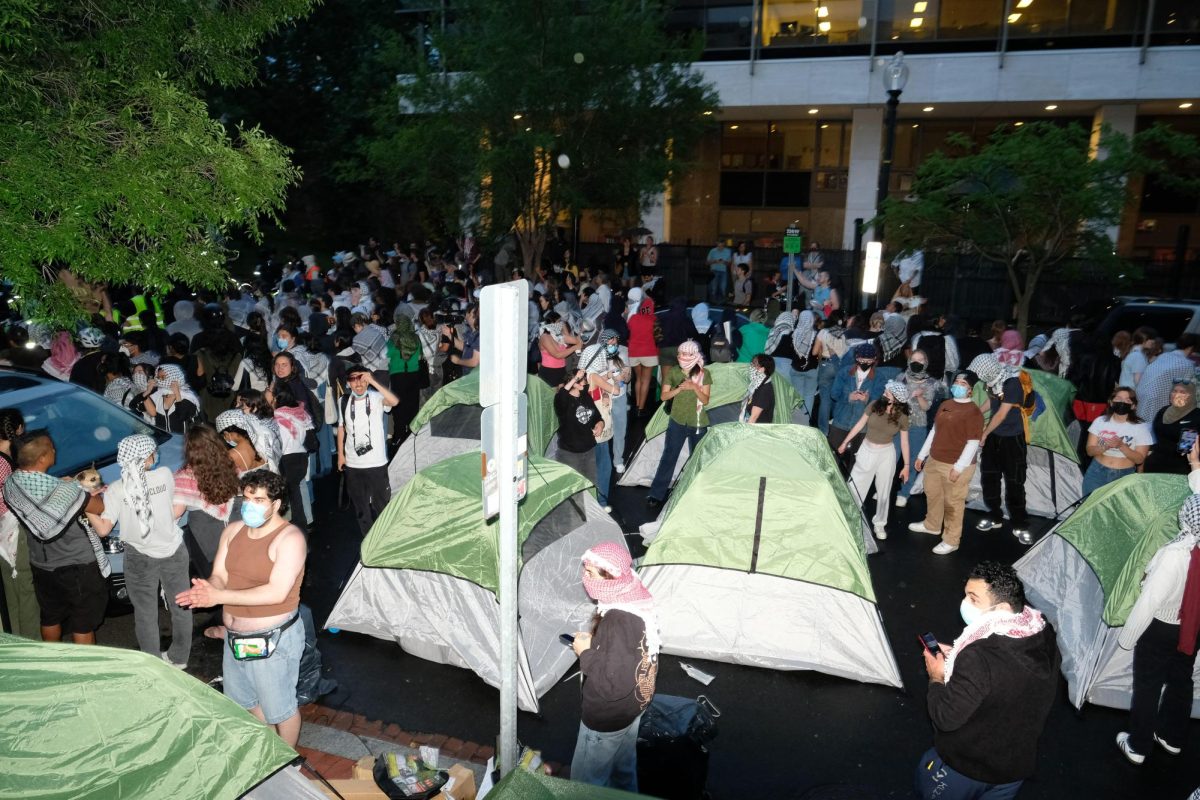GW joined other colleges and universities across the nation in becoming a “green” University three years ago, but its accomplishments so far may not match its original ambitions for environmental action.
But GW and the District are on the road to being green – both are taking extra steps toward environmental consciousness, planning new programs to increase recycling.
During the 1997 fiscal year, which ended last June, GW produced more than 3,334 tons of waste, said J.P. Blackford, executive coordinator of GW’s Institute for the Environment. But the University recycled only 12.3 percent of that total consumption – 5 percent below its highest recycling record in 1991.
Last spring, students complained in e-mails to GW’s Green University Initiative that University housekeepers partially were to blame for the decline in University recycling. Students reported seeing housekeepers mix recyclable materials with other trash in the residence halls and other campus buildings.
Director of Facilities Management Walter Gray said housekeepers and maintenance crews are not at fault. Often a bag of recyclable material is contaminated with food or other garbage, rendering it unrecyclable, he said.
Contamination occurs most often in outdoor receptacles when students throw unrecyclable trash in cans marked for recycling, Blackford said.
Housekeepers and grounds workers are not responsible for sorting trash out of bags meant for recycling, Blackford said. If a bag is contaminated, it is thrown out with other unrecyclable trash.
Gray said the best way to boost campus recycling is to educate students on what can be recycled and how to keep recyclables contaminant-free.
To promote student awareness of GW’s recycling efforts and meet city recycling regulations, the Institute for the Environment has made extra efforts since last spring to promote the Green University Initiative, Blackford said.
The District is making efforts to renew recycling efforts since the amount of material recycled in the city has declined in the past few years.
The city incinerated 235,304 tons of solid waste and recycled only 4.5 percent of its waste last year. In 1991 the city recycled a record 32 percent of its solid waste.
All D.C. businesses are required to submit a commercial recycling plan every two years. Any office, business or apartment building with four or more units is required by the city to recycle items like newspapers, glass, aluminum and corrugated cardboard.
Bill Easley, program monitor for the District’s Solid Waste Management Administration, said the city is selecting a local contractor to manage a weekly recyclable curbside collection.
Glass, newspapers, aluminum, corrugated cardboard and some plastics will be recycled through the curbside collection. The city has set no specific date for the program’s implementation, Easley said.
“Right now we have private drop-off locations for residents who want to recycle,” said Easley.
The Department of Public Works lists 22 private recycling locations throughout the District, including GW’s Marvin Center and campus recycling bins.
Among its awareness initiatives, the Institute for the Environment sponsored National America Recycles Day in November, Blackford said.
It also developed a paper reduction plan for the Marvin Center and academic buildings, urging faculty and staff to make double-sided copies to reduce paper use.
Students for a Greener GW, a group co-sponsored by the Institute for the Environment and the Student Association, also has coordinated a first-ever recycling competition in the residence halls from Jan. 12 to March 12, said Lauren Mazer, director of the program.
Mazer said the competition is based on the number of bags recycled by each residence hall and the amount of recycled material per resident each week.
Nine of the 15 residence halls are participating in the competition, although hall council environmental representatives are promoting recycling projects in all halls, she said. Mazer said Strong Hall currently leads the competition.
“My main hope is the environmental hall representative will become a permanent position in the hall councils, in order to initiate future recycling programs,” she said.







